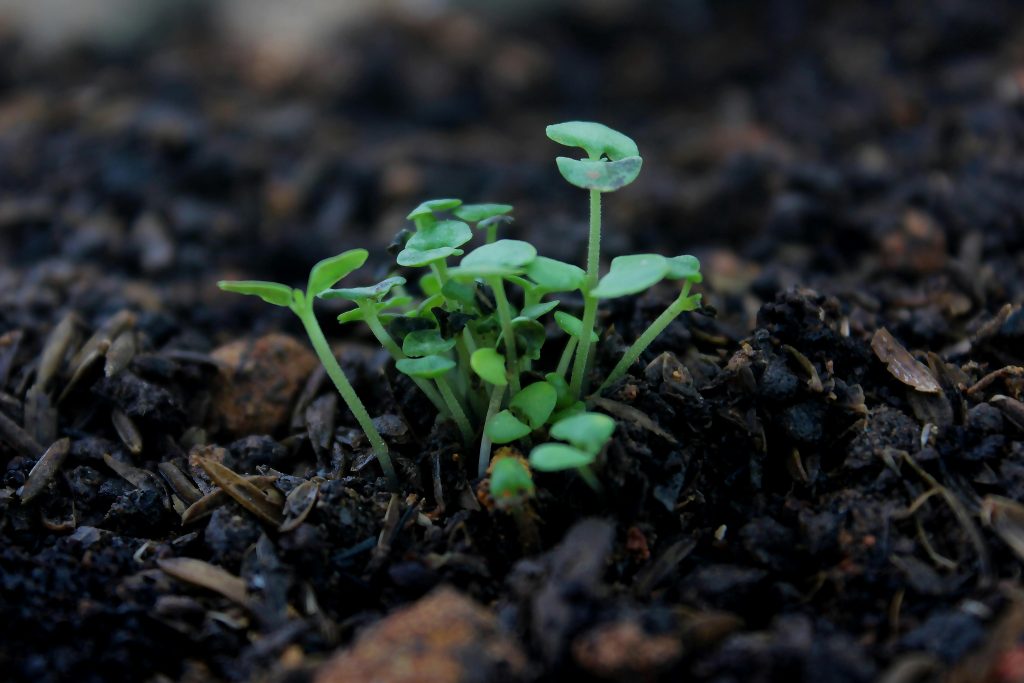
Potash in Orchards: Preparing Trees for Winter Dormancy
Orchards are long-term investments. Whether you manage apples, pears, peaches, plums, or cherries, the productivity and profitability of fruit trees depend on how well they

When it comes to lush, productive garden plants, most growers focus on fruit yield, flowering, and root health—but strong, vibrant foliage is equally critical. Leaves are the engine room of the plant, powering photosynthesis, regulating water loss, and producing the energy needed for every stage of growth. Yet leaf health is often undermined by nutrient imbalances, particularly calcium and nitrogen deficiencies. Fortunately, there’s one product that addresses both issues at once—Supply Solutions Calcium Nitrate 15.5-0-0.
This formulation is a two-in-one solution that enhances both the structural integrity of leaves and the photosynthetic efficiency that drives plant productivity. Whether you’re managing a home vegetable patch or a commercial leafy greens operation, consistent use of calcium nitrate improves leaf development, color, turgidity, and overall resilience. It doesn’t just keep your plants green—it keeps them performing.
Let’s take a deep dive into how calcium nitrate works to maximize leaf strength and photosynthetic activity, and why it’s an essential part of your garden’s nutrient strategy.
Leaves are the primary site of photosynthesis, the process by which plants convert sunlight, water, and carbon dioxide into sugars. These sugars are then used to build new cells, power fruit production, and drive nutrient uptake from the soil. Leaves also manage transpiration—the release of water vapor—which cools the plant and pulls water and nutrients upward through the roots.
When leaf tissue is damaged, underdeveloped, or nutrient deficient, photosynthesis becomes less efficient. This leads to slower growth, weaker immune response, and poor fruit or flower quality. Maintaining healthy leaves is therefore critical to the plant’s energy budget and overall success.
Calcium is a structural nutrient. It forms the “glue” that holds plant cells together, strengthening cell walls and stabilizing tissue. In leaves, this means firmer texture, stronger resistance to tears or disease, and better resilience during heat and drought stress.
Calcium also regulates the opening and closing of stomata—the microscopic pores on leaves that control gas exchange and water vapor. Well-regulated stomata improve both cooling and carbon dioxide absorption, which directly supports photosynthesis.
Deficiency in calcium leads to:
Applying calcium in a water-soluble form like calcium nitrate ensures fast delivery to developing leaf tissue, where it can prevent and correct these problems quickly.
In addition to calcium, Supply Solutions Calcium Nitrate 15.5-0-0 supplies nitrate nitrogen (NO3-), which plays a critical role in chlorophyll formation—the green pigment responsible for capturing sunlight.
Nitrate nitrogen is the most efficient and immediately available form of nitrogen for plants. It promotes balanced leaf expansion without the excessive softness or water retention caused by ammonium nitrogen or urea-based sources. It also boosts root pressure and transpiration, which improves calcium transport to the leaves.
When used regularly, calcium nitrate:
Any plant with a large or high-functioning leaf surface benefits from calcium nitrate. This includes:
In leafy greens especially, the foliage is the crop. Poor leaf health directly reduces marketable yield. That’s why growers often rely on calcium nitrate in both their base fertilizer and their foliar spray programs.
Soil Application:
Apply 5–10 pounds of calcium nitrate per 1,000 square feet every 2–3 weeks during active growth. In beds, side-dress or work into the topsoil near the root zone.
Liquid Feeding:
Mix 1 tablespoon per gallon of water and apply as a soil drench weekly. For larger areas, use a hose-end sprayer or drip fertigation system at 150–200 ppm.
Foliar Spray:
Mix 1 tablespoon per gallon of water and apply to leaves early in the morning or late afternoon to avoid sunburn. Use a fine mist for even coverage. Repeat weekly during periods of active leaf growth or heat stress.
Seedlings and Transplants:
Soak seedlings or newly transplanted plants with a mild calcium nitrate solution (1 teaspoon per gallon) to promote early leaf expansion and reduce transplant shock.
In high tunnel lettuce operations, growers using calcium nitrate reported deeper green color and faster harvest cycles, particularly in summer. In backyard gardens, tomato growers found their plants stayed greener longer and resisted summer wilting better than untreated plots. In both cases, calcium nitrate improved chlorophyll production and structural resilience at the leaf level, translating into better yields.
Calcium nitrate is compatible with many fertilizers but should not be mixed directly with products containing sulfates or phosphates. Use it as part of a feeding rotation, or mix in a separate tank or batch.
Pair with:
Avoid direct mixing with:
Leaves treated with calcium nitrate hold up better during high heat, drought, and fluctuating temperatures. The calcium strengthens leaf tissue while the nitrate nitrogen keeps stomata functioning, improving water use efficiency and helping plants recover faster after heat waves or irrigation lapses.
This is especially important in hot regions or shallow soils, where leaf turgor pressure can drop rapidly during midday sun. Calcium-treated plants stay upright, keep producing, and avoid tip burn or wilting longer than untreated counterparts.
Not all calcium nitrate is equal. The formulation from Supply Solutions LLC is trusted by professional growers for purity, solubility, and performance. Our 15.5-0-0 formulation dissolves cleanly, won’t clog nozzles, and can be stored safely for long periods without caking or degradation.
This product is ideal for:
Whether you’re growing leafy greens for sale or keeping your ornamentals in top shape, Supply Solutions Calcium Nitrate 15.5-0-0 is an essential tool in your nutrition plan.
Reach us through our contact form, message us on Facebook, call 503-451-1622, or email sales@mysolutionssupply.com. We’re ready to help you grow stronger, greener leaves that drive bigger harvests and healthier plants.

Orchards are long-term investments. Whether you manage apples, pears, peaches, plums, or cherries, the productivity and profitability of fruit trees depend on how well they
Every successful vegetable garden begins with healthy soil. Fertile soil is not only about nutrients but also about structure, drainage, and the ability to support
Give us a call or visit our store, and we’ll help you find the right solution for your business.
© Supply Solutions LLC 2025